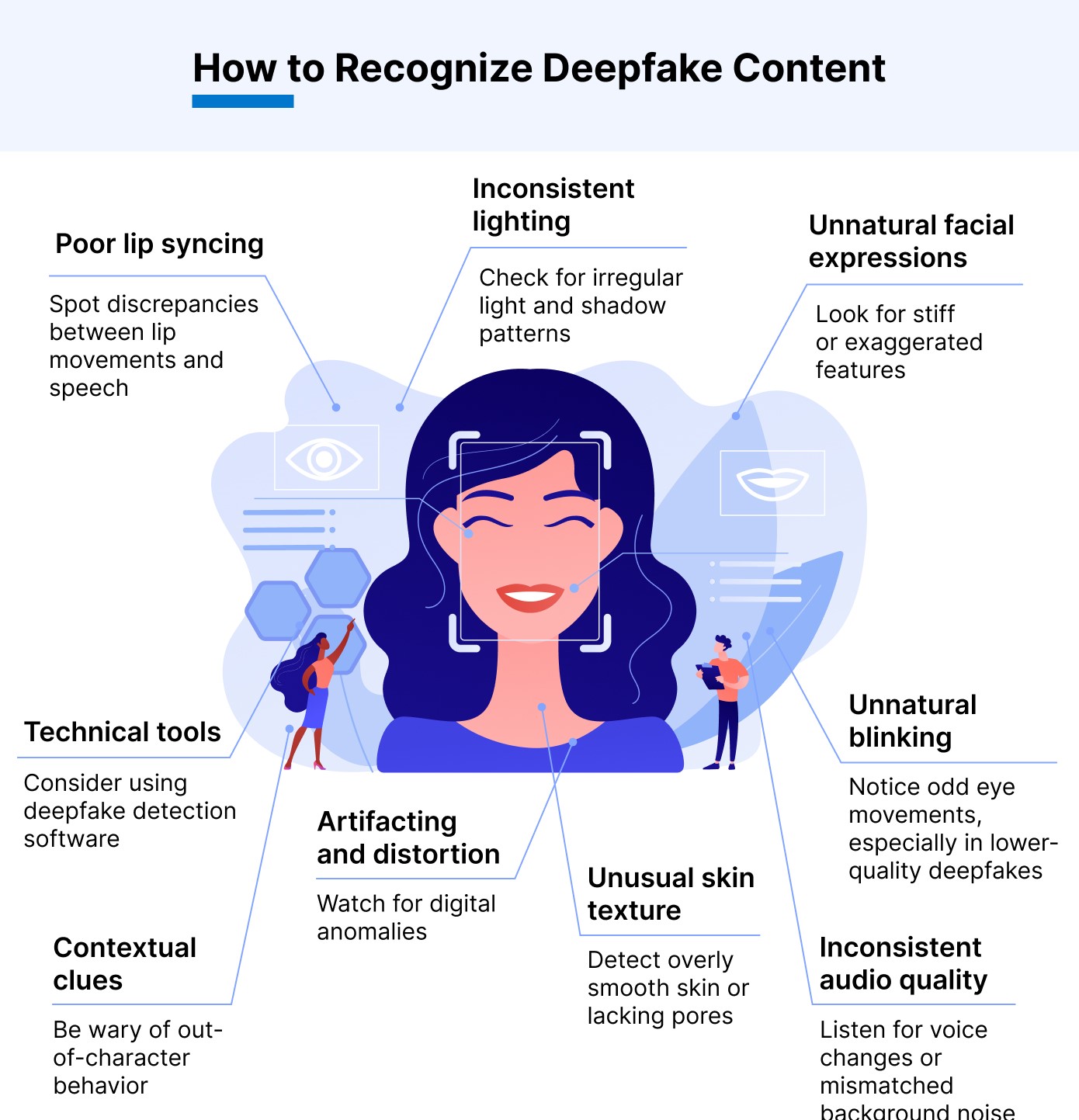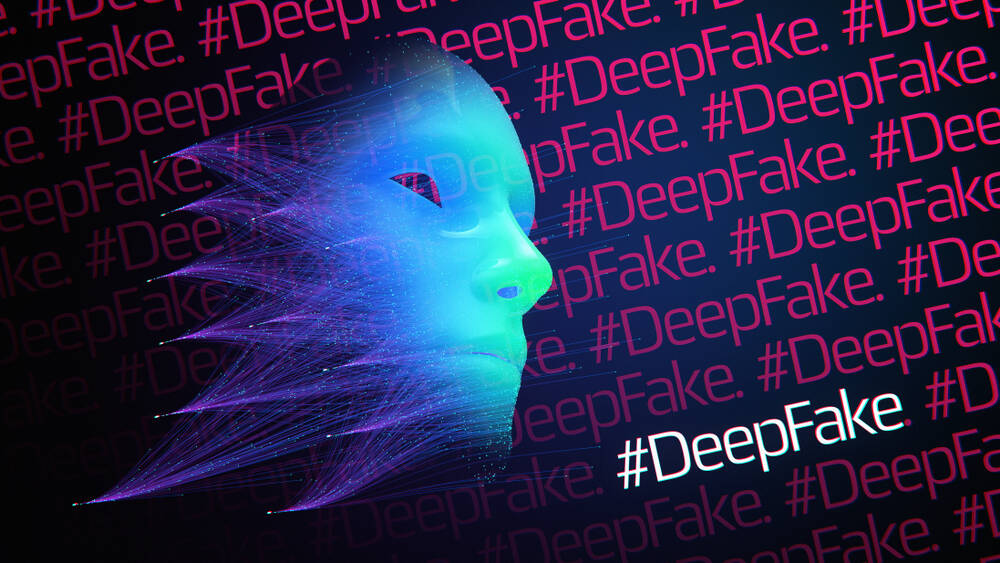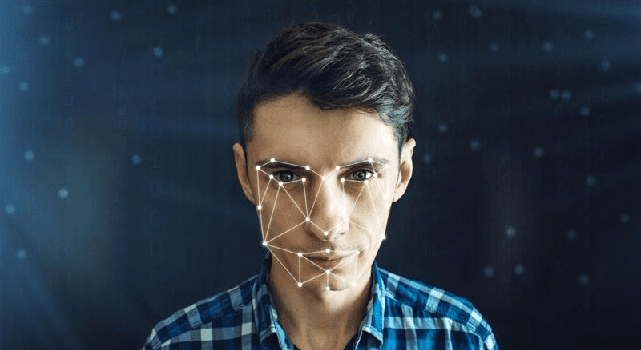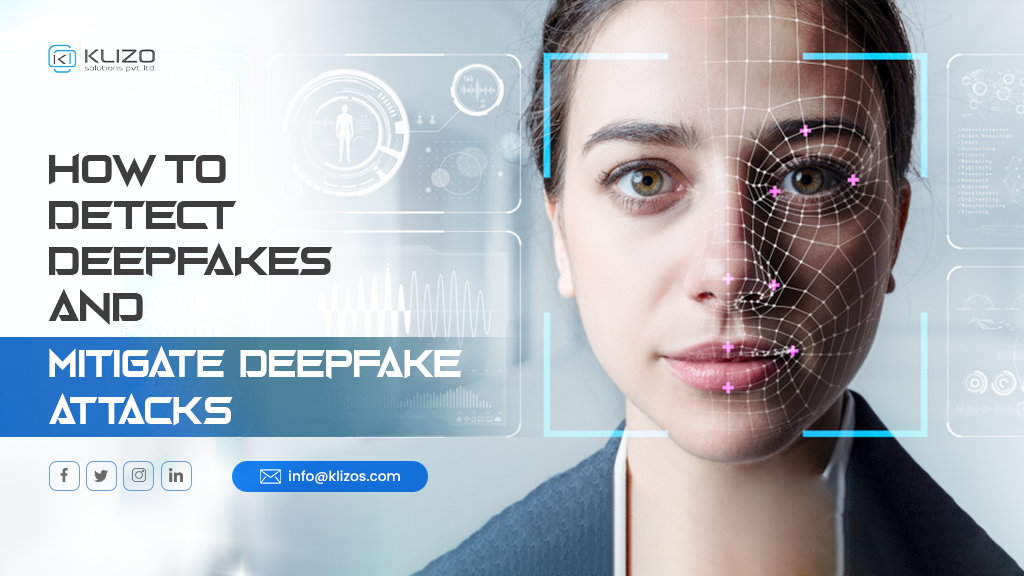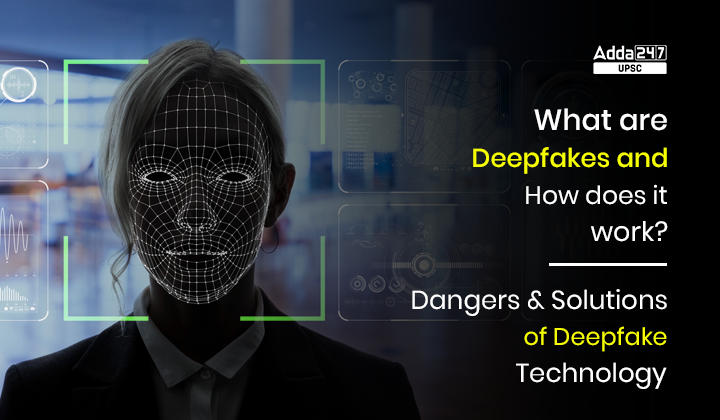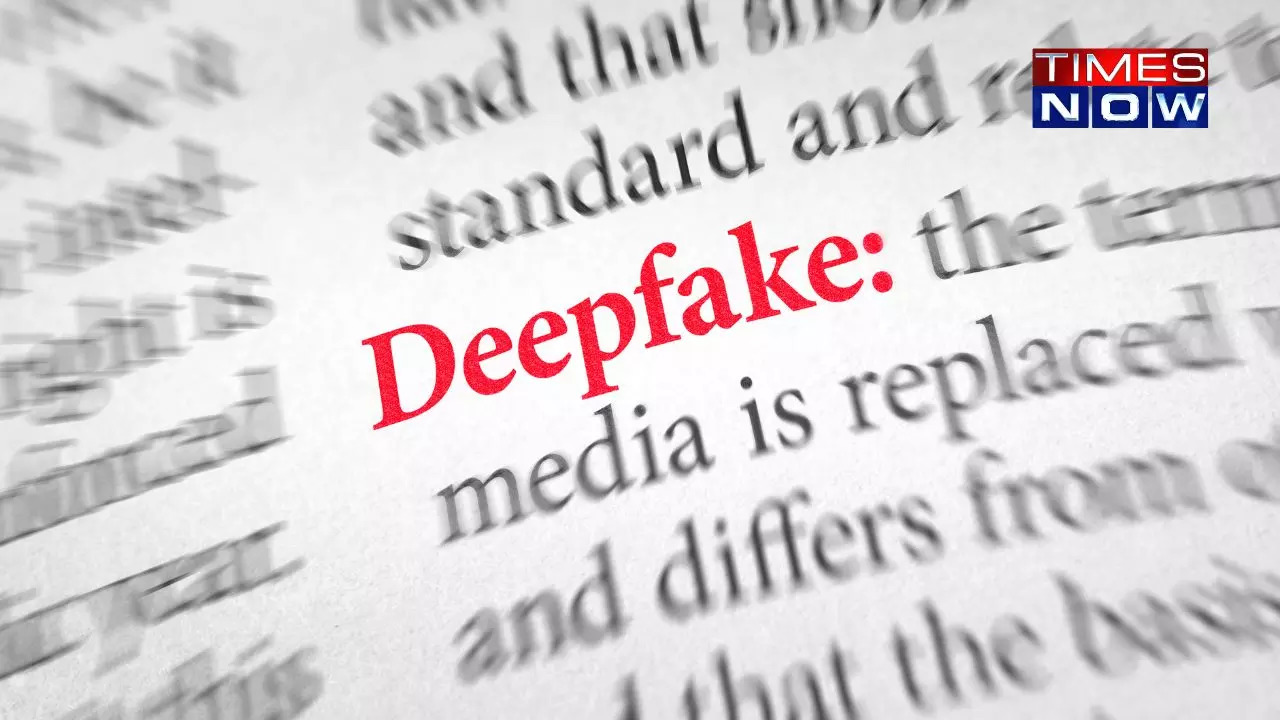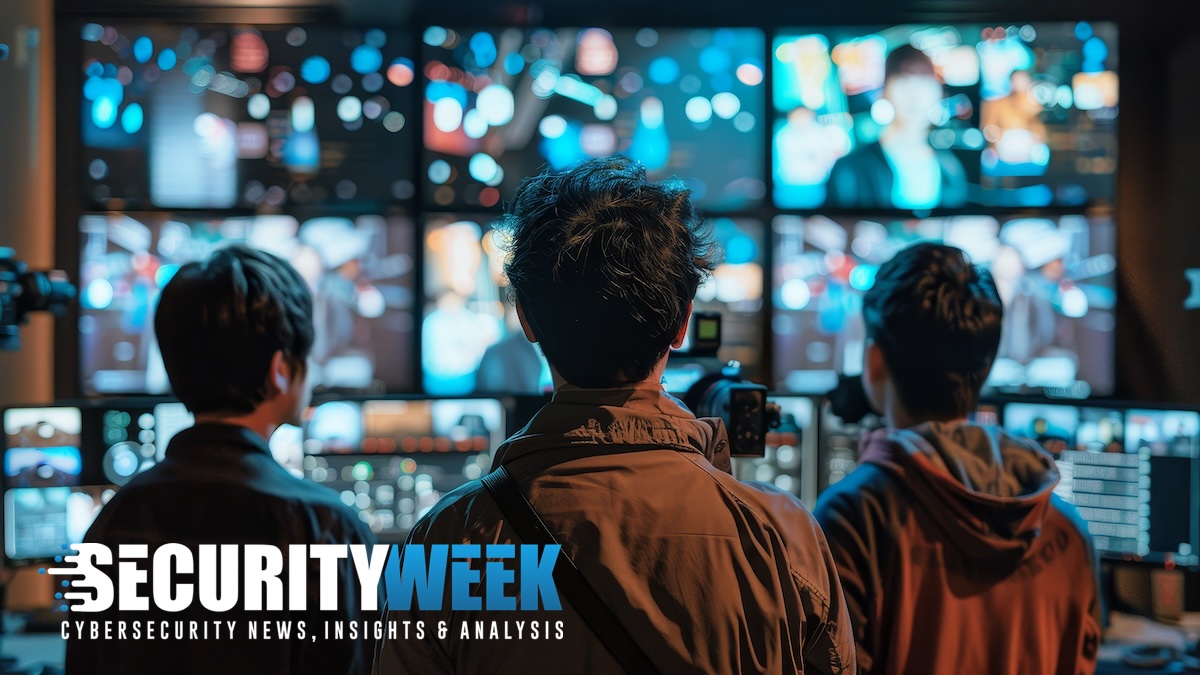What Are Some Possible Reasons Cybercriminals Might Use Deepfakes
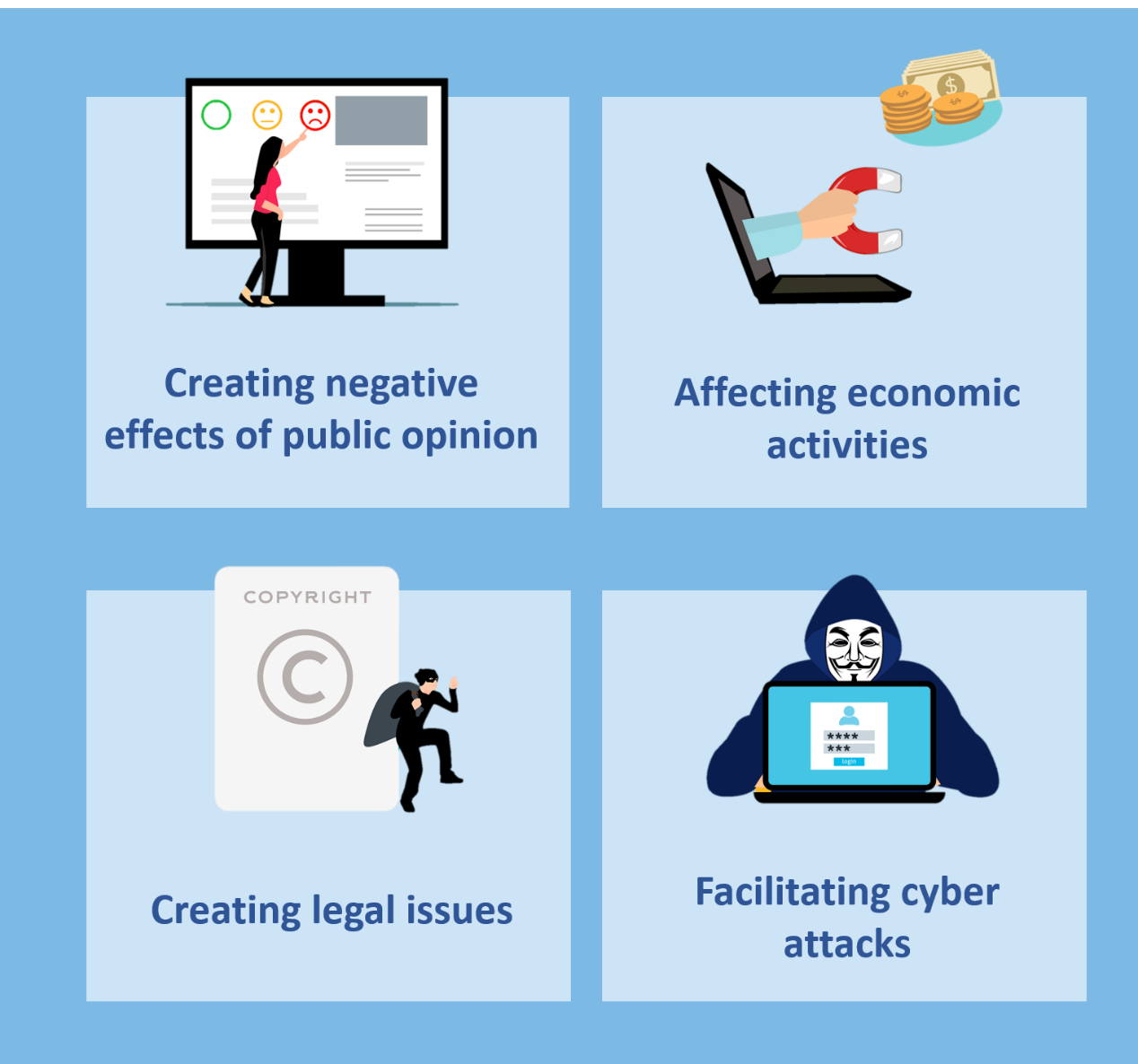
The digital landscape is rapidly evolving, and with it, the sophistication of cybercrime. Deepfakes, AI-synthesized media that convincingly impersonates real people, are no longer a futuristic threat; they are a present danger weaponized by cybercriminals with alarming potential. From financial fraud to political manipulation, the possible applications of deepfakes in the hands of malicious actors are vast and deeply concerning.
This article examines the compelling reasons behind the increasing use of deepfakes by cybercriminals. The analysis explores the specific ways these fabricated realities are being deployed and the motivations driving this unsettling trend. By understanding these factors, we can better prepare for the challenges they present to individuals, organizations, and society as a whole.
Financial Fraud: The Allure of Impersonation
One of the most immediate and financially rewarding applications of deepfakes for cybercriminals lies in financial fraud. The ability to convincingly impersonate a CEO, CFO, or other high-ranking executive opens up a treasure trove of opportunities for deception.
Imagine a deepfake video conference where a fabricated CEO instructs a finance manager to transfer large sums of money to a seemingly legitimate account. The realistic visuals and audio can bypass even the most cautious of internal controls. According to a 2019 report by The Wall Street Journal, a UK-based energy firm was defrauded of $243,000 using this exact technique, highlighting the real-world impact of such scams.
Furthermore, deepfakes can be used to create fake client testimonials or endorsements to lure investors into fraudulent schemes. The perceived authority and credibility of a fabricated endorsement can be a powerful tool for manipulating potential victims.
Social Engineering Attacks: Exploiting Trust
Cybercriminals have long relied on social engineering to manipulate individuals into divulging sensitive information or performing actions against their own interests. Deepfakes amplify the effectiveness of these attacks by adding a new layer of authenticity.
A personalized deepfake video message from a supposed colleague or friend could be used to trick someone into clicking a malicious link or downloading malware. The element of familiarity and trust, meticulously crafted by the deepfake, significantly increases the likelihood of success. The FBI has warned about the rising threat of deepfakes being used in phishing campaigns, noting their ability to bypass traditional security measures.
Deepfakes can also be used to damage reputations or sow discord within organizations. Imagine a fabricated video of an employee making offensive or controversial statements. This could not only damage the individual's career but also create internal conflict and distrust within the company.
Disinformation and Political Manipulation: Undermining Truth
Beyond financial gain, deepfakes pose a significant threat to the integrity of information and the stability of political processes. The ability to create believable but entirely fabricated videos of political figures can be used to spread misinformation, influence elections, and undermine public trust in institutions.
A strategically timed deepfake video released just before an election could sway public opinion or damage a candidate's reputation beyond repair. The speed at which disinformation can spread online makes it difficult to counter these attacks effectively. The Department of Homeland Security (DHS) has identified deepfakes as a significant threat to national security, recognizing their potential to disrupt critical infrastructure and incite violence.
Furthermore, deepfakes can be used to create fake news articles or manipulate social media narratives. The combination of fabricated text and realistic visuals makes it increasingly difficult for individuals to distinguish between truth and fiction.
Extortion and Blackmail: Leveraging Compromising Content
The potential for deepfakes to be used in extortion and blackmail schemes is also a growing concern. Fabricating compromising videos or images of individuals, particularly those in positions of power or influence, can be used to extort money or force them to take actions against their will.
The reputational damage associated with such leaks, even if proven to be fake, can be devastating. The fear of exposure and public humiliation can be a powerful motivator for victims to comply with the demands of the cybercriminals. Interpol has warned about the increasing number of cases involving deepfake extortion, highlighting the global reach of this threat.
Consider the impact on businesses: threat actors can create fake evidence of corporate malfeasance and threaten to release the content unless a hefty ransom is paid. This can cripple the business, damage its reputation, and erode trust in its brand.
Hacking and Identity Theft: Gaining Unauthorized Access
While less common, deepfakes can also be used in sophisticated hacking and identity theft schemes. By creating deepfake videos of individuals, cybercriminals can bypass biometric authentication systems that rely on facial recognition or voice recognition.
This could allow them to gain unauthorized access to sensitive accounts, systems, or physical locations. The increasing reliance on biometric authentication makes this a particularly concerning vulnerability. A report by Gartner predicts that deepfakes will be used to successfully bypass security systems by 2025.
Creating deepfake versions of voice prints also opens the door for sophisticated vishing (voice phishing) attacks. Cybercriminals can mimic the voices of trusted individuals to socially engineer their way into accounts or systems that require voice authentication.
Conclusion: A Call for Vigilance and Innovation
The use of deepfakes by cybercriminals represents a significant and evolving threat. The reasons for their adoption are multifaceted, ranging from financial gain to political manipulation, and their potential impact on individuals, organizations, and society is profound.
Combating this threat requires a multi-pronged approach. This includes developing advanced detection technologies, raising public awareness about the dangers of deepfakes, and strengthening legal frameworks to hold perpetrators accountable. Increased investments in research are also needed to create tools capable of reliably detecting and mitigating deepfake attacks.
Ultimately, a collaborative effort involving governments, law enforcement agencies, technology companies, and individuals is essential to safeguard against the malicious use of deepfakes and protect the integrity of our digital world. We must remain vigilant and proactive in addressing this emerging threat to prevent further exploitation.
